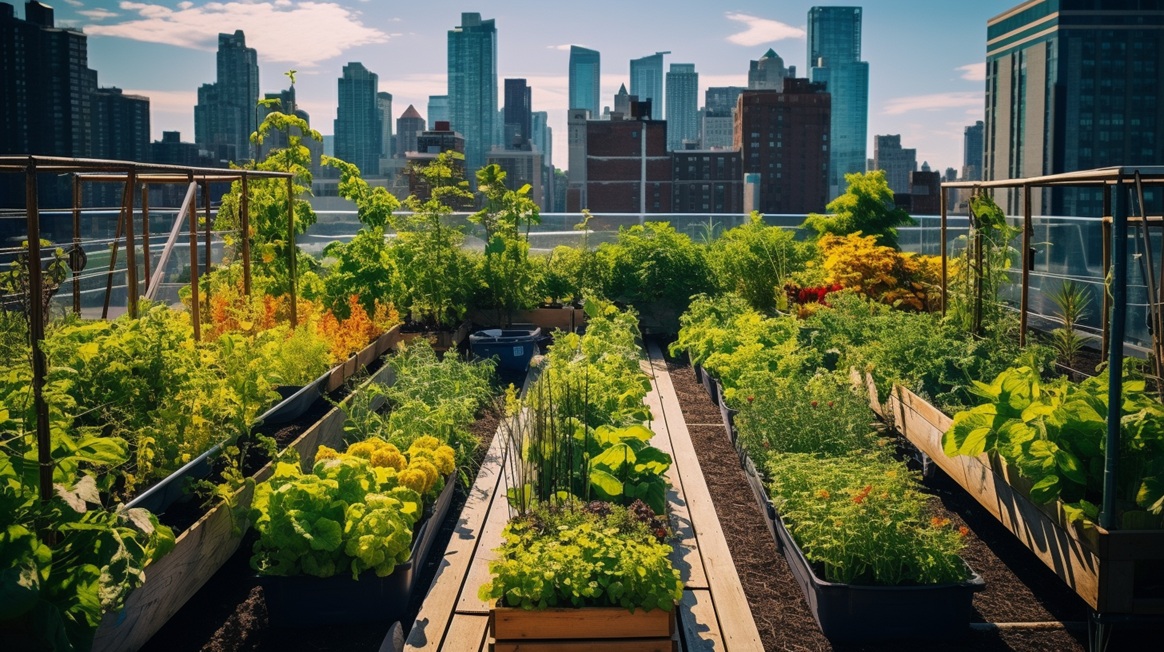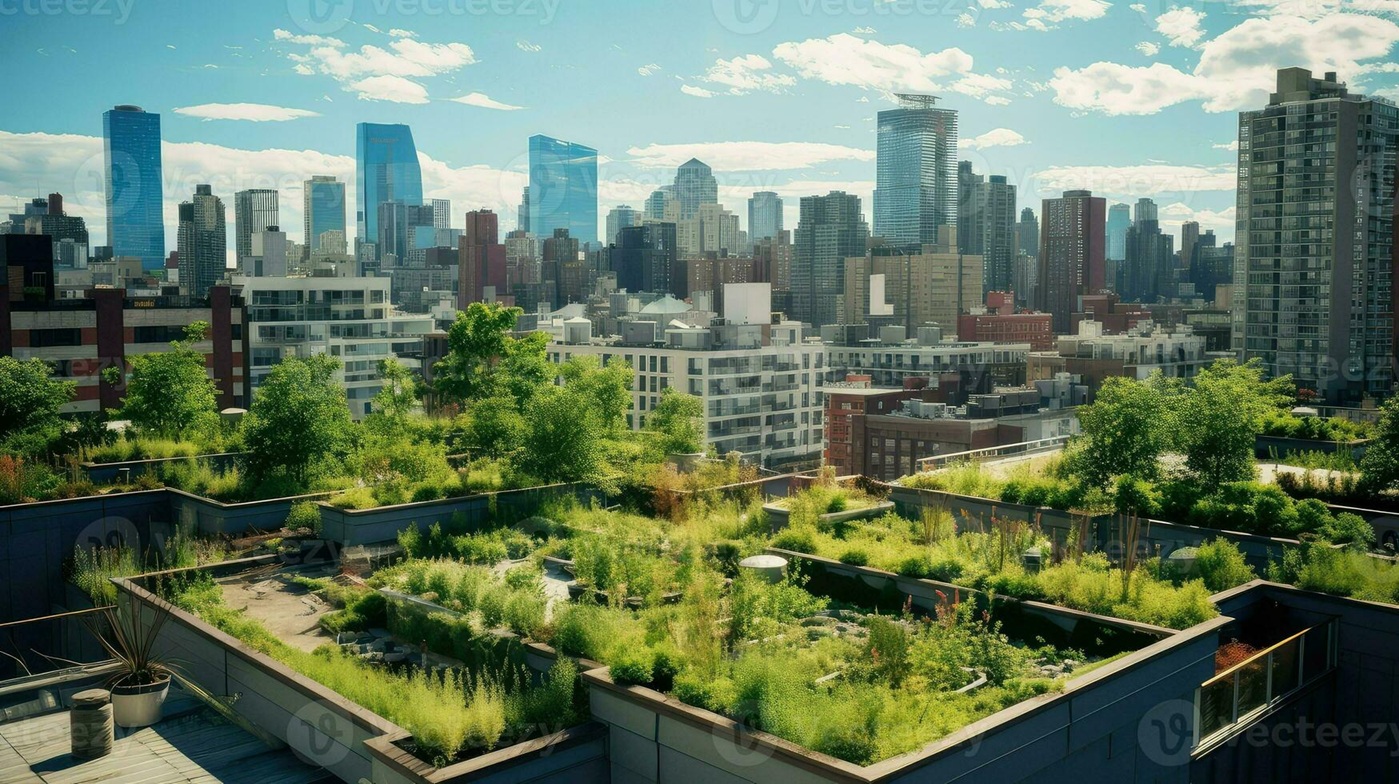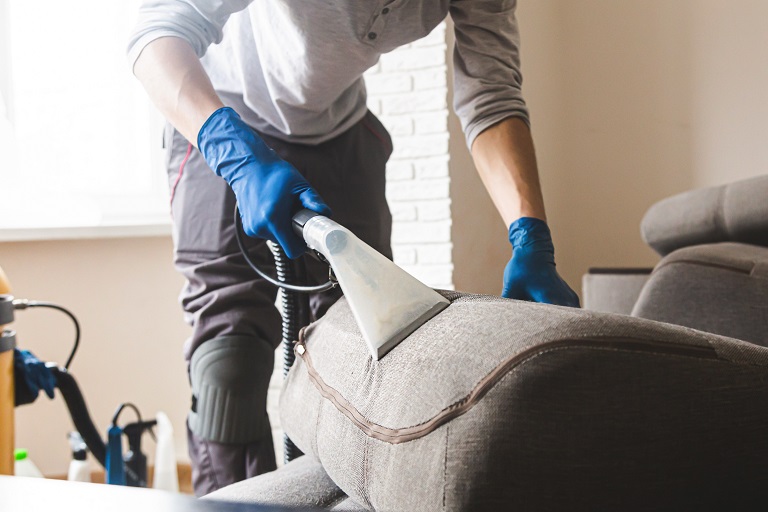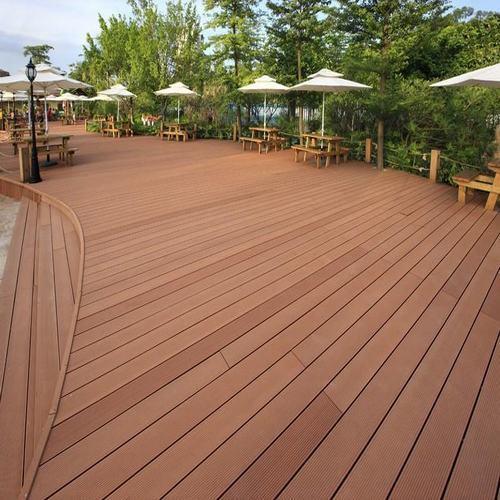
If you’ve ever looked at your plain rooftop and thought, “This could be something more,” you’re not alone. Rooftop gardens are becoming the urban answer to cramped spaces and concrete chaos. But before you drag a ficus and a hammock up the stairs, let’s talk about how to build your dreamy rooftop garden oasis—safely, smartly, and stylishly.
Start With the Roof, Not the Roses
First things first: your rooftop is not a blank canvas—it’s a structural surface that was never meant to hold a jungle. That doesn’t mean you can’t have one. It just means step one is calling a structural engineer, not a florist. You need to know how much weight your roof can handle, especially when you add water-logged soil, garden furniture, and that tempting swing chair you saw on Instagram.
Also, if your roof isn’t waterproofed—pause everything. You’ll need a waterproof membrane, a root barrier, and proper drainage. Think of it as the soil’s insurance policy. Without these, your dream garden could turn into a soggy, leaking mess.
Know the Law Before You Grow
Here’s where most DIY rooftop gardeners mess up—they forget the paperwork. Zoning laws, permits, and insurance matter more than you think. Some buildings have height restrictions, others prohibit permanent fixtures. And if you’re renting, your landlord will probably want to know you’re planning to grow tomatoes above their head.
Check with local authorities, get the necessary approvals, and inform your insurance provider. Because if something goes wrong, you don’t want your rooftop dreams turning into a lawsuit.
Designing Your Sky Garden With Purpose
This isn’t just about plants—it’s about how you want to use the space. Morning yoga? Evening hangouts? A quiet reading nook with a view? Divide your rooftop into zones: a cozy seating area, an edible plant section, and maybe even a vertical herb wall. Use lightweight furniture and add anti-slip tiles or flooring, especially if you have kids or plan to water often.
Safety tip: Railings or guardrails are a must. Wind can be strong up there, and you don’t want planters—or people—going over the edge.
Lighter Materials, Smarter Gardening

The rule of thumb: if it’s heavy, rethink it. Go for lightweight planters, modular garden beds, and engineered soil mixes. Traditional garden soil is too dense for rooftops. Use a soil blend that retains moisture without weighing a ton.
And instead of one massive tree (tempting, I know), opt for vertical gardens or climbing vines. They save space, reduce weight, and look incredible.
Pick the Right Plants for Rooftop Life
Not every plant wants to live 10 floors above ground. Choose wind-resistant, sun-hardy, and low-maintenance plants. Succulents, ornamental grasses, herbs, and dwarf shrubs are rooftop rockstars. If you want edibles, go with leafy greens, cherry tomatoes, and strawberries—they don’t need deep soil and thrive in containers.
Want year-round charm? Rotate with the seasons and add a few pollinator-friendly blooms to keep bees and butterflies happy.
Hydration Without Hassle
Watering is where most rooftop gardens struggle. Dragging a hose up daily? Nope. Instead, install a drip irrigation system with a timer. You can even use rainwater harvesting if local laws allow. Bonus: less water waste, and your plants will love the natural rainwater nutrients.
Just make sure your drainage system is on point. Clogged drains mean flooding—on your roof and your neighbors’.
Keep It Low-Maintenance, High-Vibe
Rooftop gardens don’t have to be high effort. Use solar lights, weather-resistant furniture, and self-watering planters to make life easier. Do a quick monthly check for cracks, planter stability, and water buildup.
Pro tip: Add bee hotels, bird baths, or even a small compost bin if you want to go full eco-mode.
Real-Life Rooftop Magic
From small balconies turned into green nooks to expansive rooftop lounges, urban gardeners are redefining what city living looks like. Some have created edible gardens with vertical strawberry walls. Others transformed their rooftops into boho sanctuaries with hammocks, vines, and string lights.
You don’t need a mansion rooftop. Even 100 square feet can be a sanctuary if you plan it right.
Final Thoughts
Building a rooftop garden isn’t just about plants—it’s about reclaiming space, boosting your mental health, and creating beauty where there was once blankness. Start small, be smart about safety, and let your oasis grow with you. Because nothing beats sipping herbal tea, surrounded by your own greenery, with the city skyline in the background.






